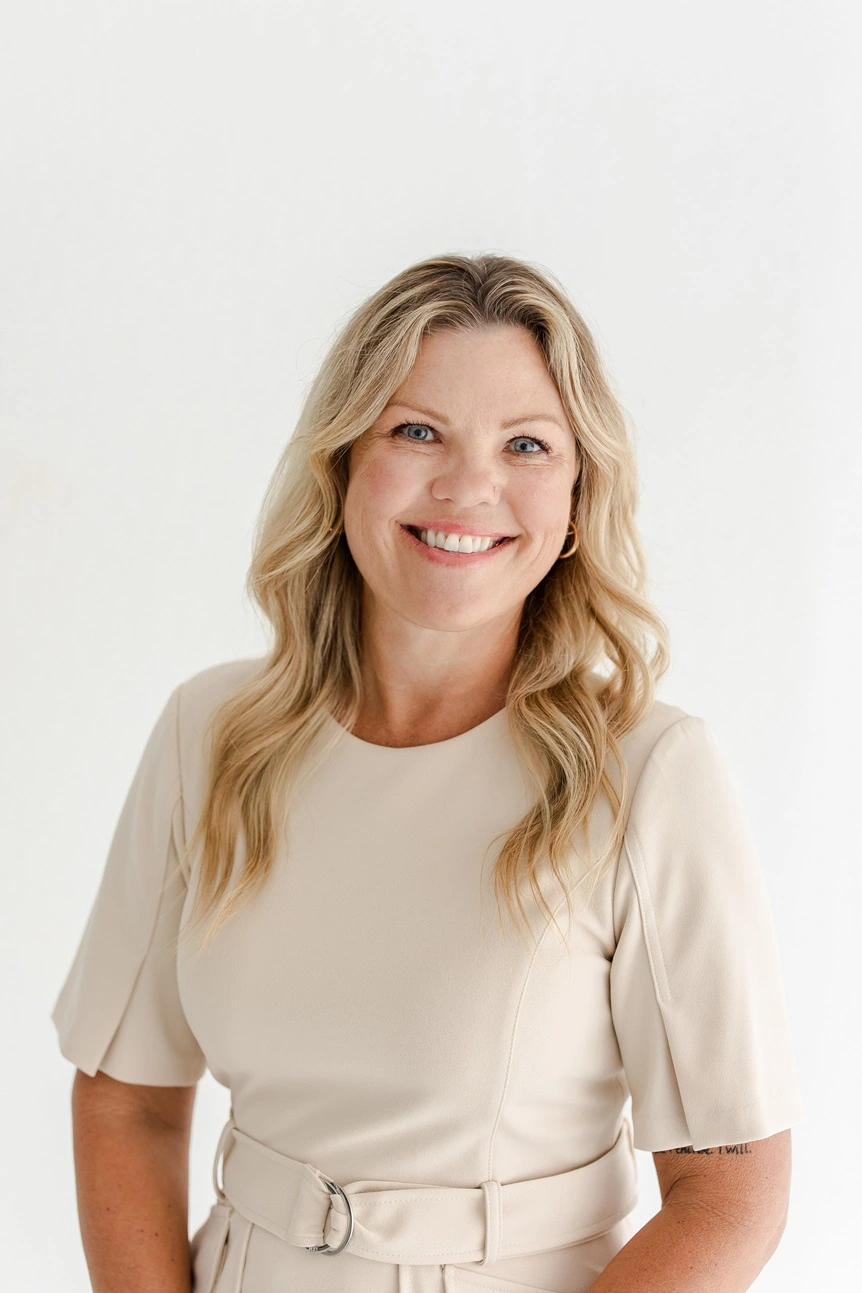The Grey Area Between Anxiety and ADHD, Especially in Women

When we think of ADHD, we think of the young boy who couldn't sit still or that was disruptive in class. What ADHD looks like in young women, especially adult women, continues to be revealed and discussed in different ways than typically viewed before.
Starting from a young age, ADHD in girls looks more inattentive, which makes it easier to overlook. Young girls hyperfocus on things they are interested in, get their work done, and are academically successful in some cases. In adult life, this can look like having the drive to be social but feeling overwhelmed or overstimulated in environments. It may also manifest in behaviors such as overspending and difficulties in making decisions, or impulse control.
Other signs could be in object permanence for things, and even people or important dates or plans. This isn't because you don't care or you're a bad person, but because of how your brain structure works and organizes itself and the information it prioritizes. It is seeking serotonin and dopamine wherever it can find it and avoiding overstimulation.
ADHD is very co-occurring with anxiety, and often there is a grey area between the two. This is where I challenge clients to find, which is the "chicken" and which is the "egg." Anxiety creates nervousness, fear, and tension. ADHD at the core is about your ability to concentrate or focus. It entirely depends on your core thought process.
For example, Let's look at a work outing event for the anxious and ADHD brain and how it might look for both:
Anxiety could look like this - How will I get there, where will I park, will people talk to me?
ADHD looks at concerns of the overstimulation of the environment and inability to focus on one thing or a conversation with one person, or think clearly. The grey area is that a new environment can be overstimulating to both and look the same at the moment, but the core thought process would be different. Of course, both of these can be valid and present.
ADHD can look like hyper-productivity, hyper fixation, inattention, neglect of self-care, or forgetfulness. It can be shyness even in comfortable environments. These can all be common of generalized anxiety as well. Our suggestion is to get to know your brain and thought process. Increase your emotional and cognitive awareness through check-ins and journaling. If you can identify the "why" or "when," you can help distinguish between the two.
If you would like to learn more about your brain and how to approach your ADHD or Anxiety diagnosis, or perhaps discuss diagnosis, reach out to a therapist at Orlando Thrive Therapy today to get started and find out how therapy can help.
